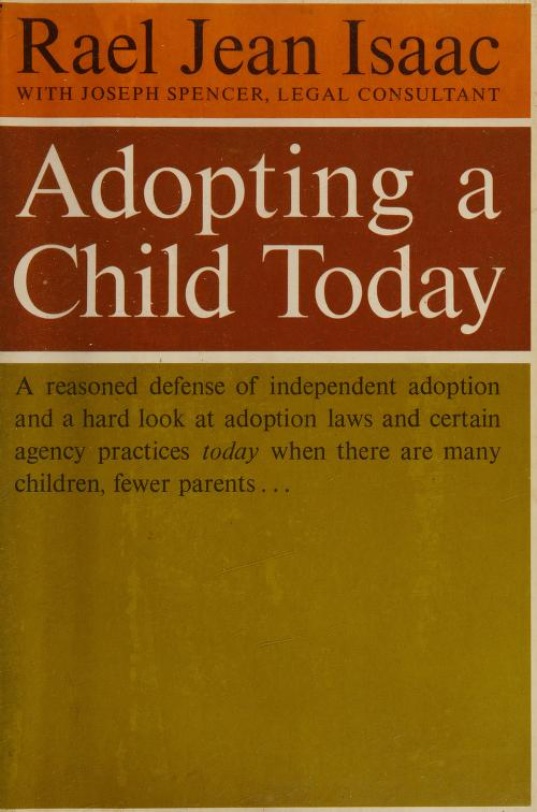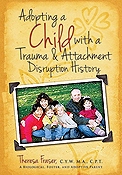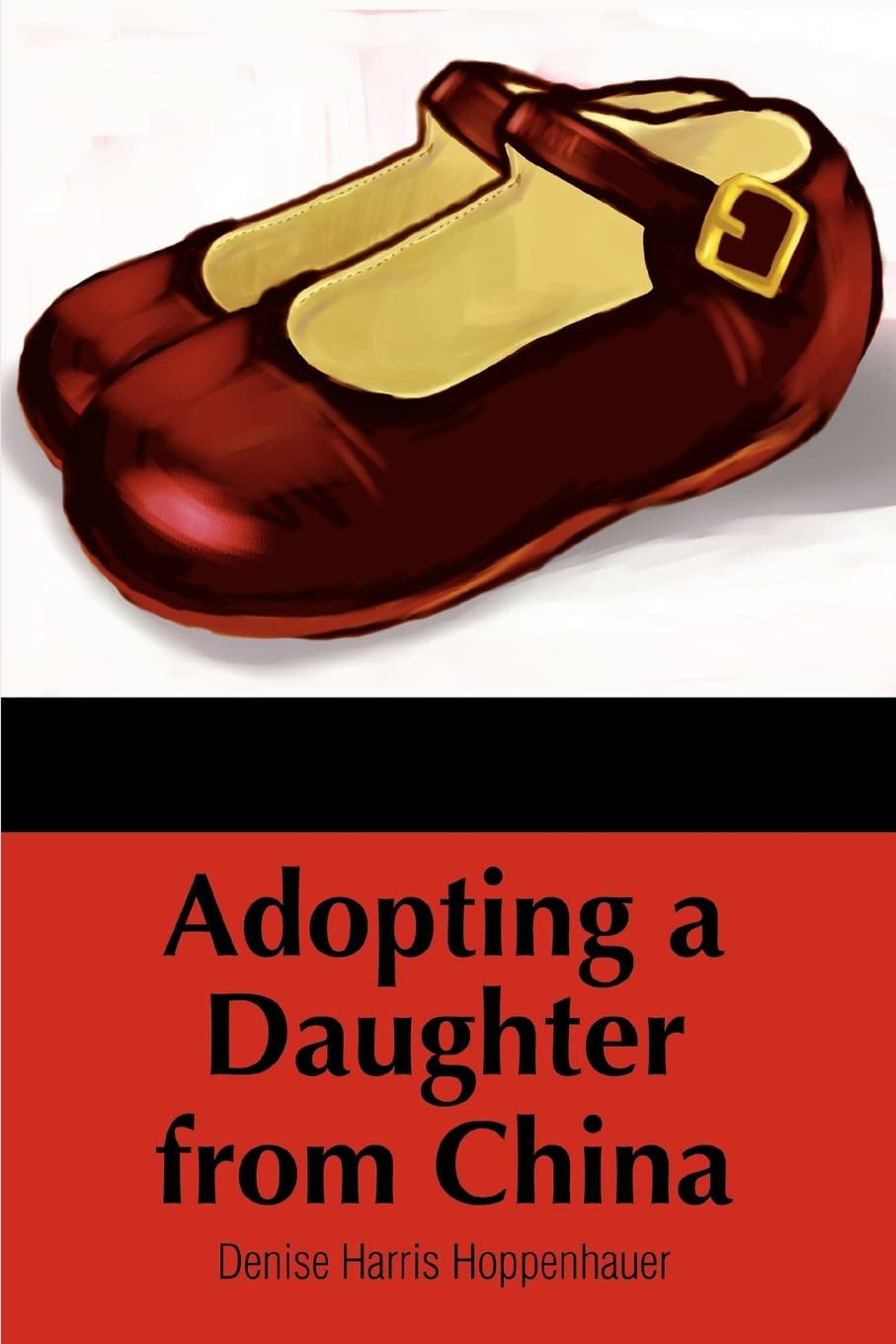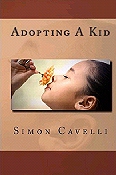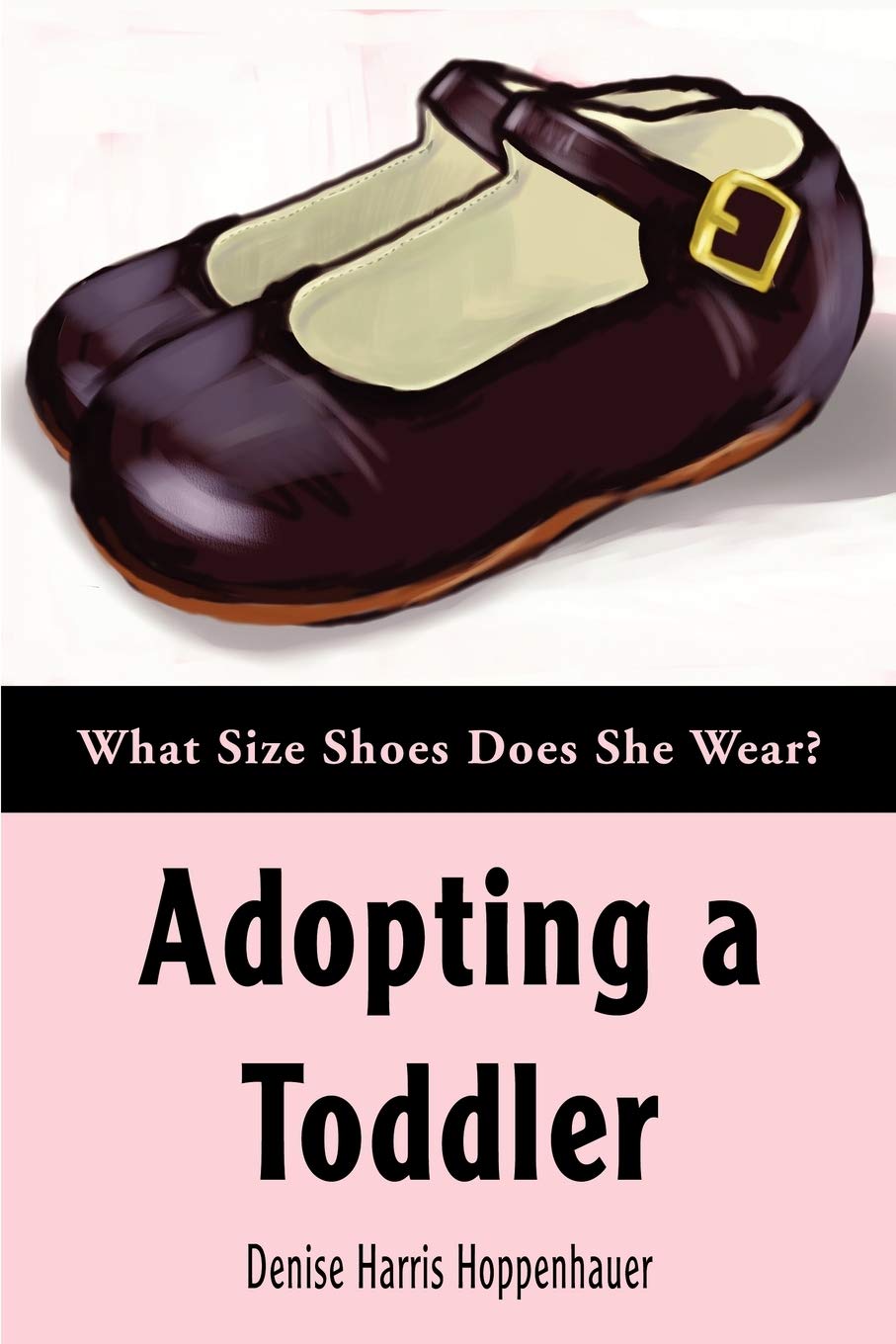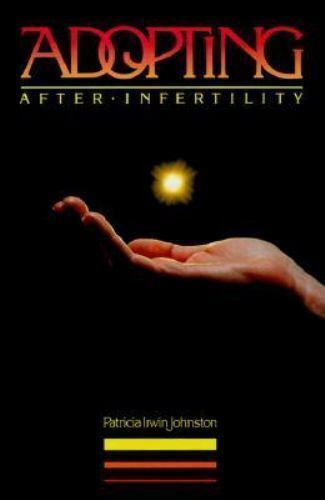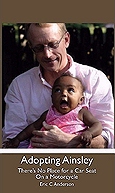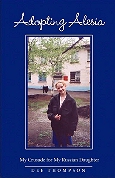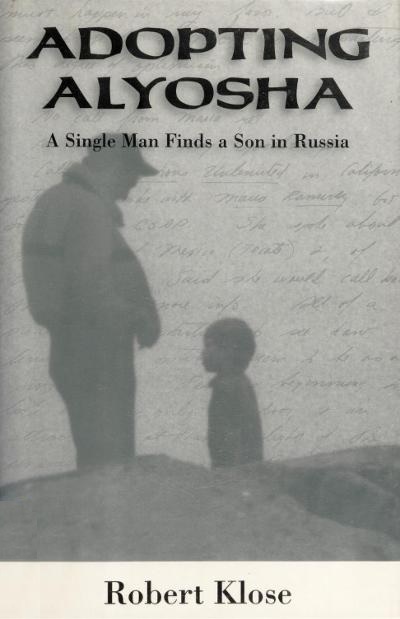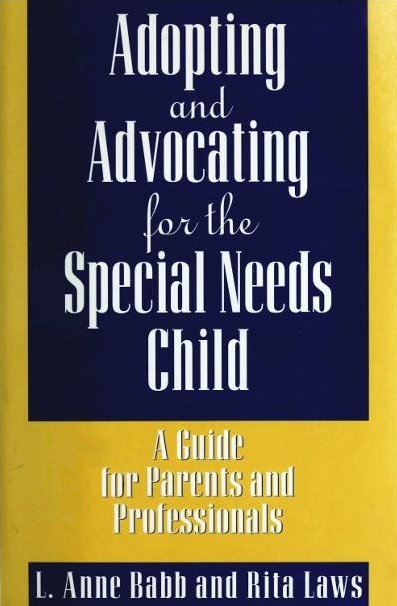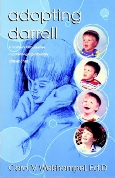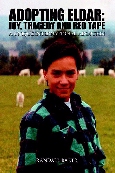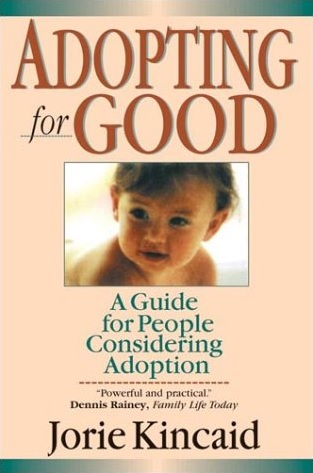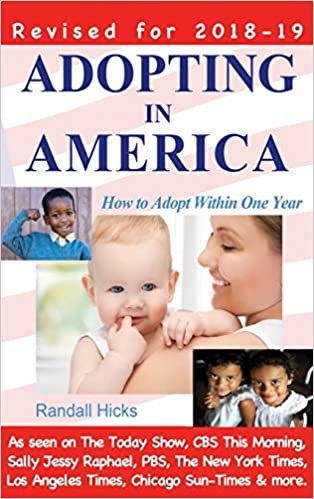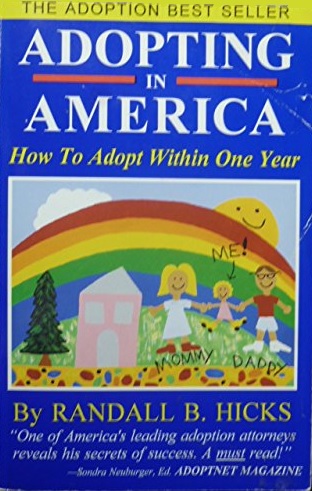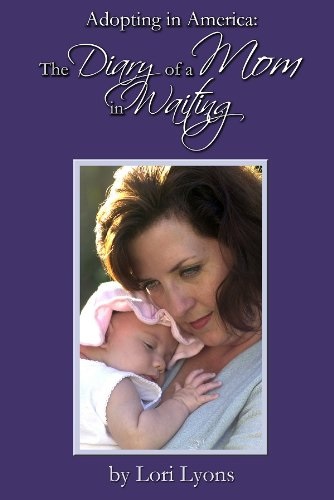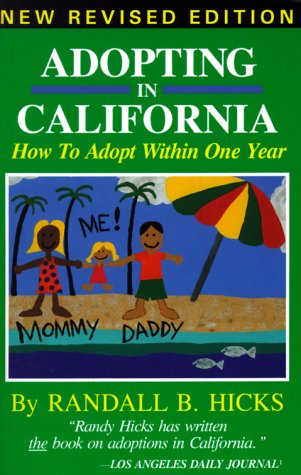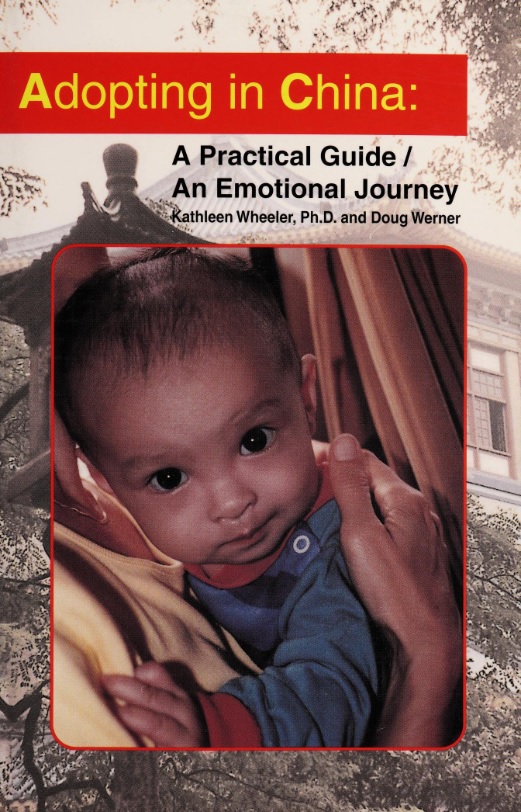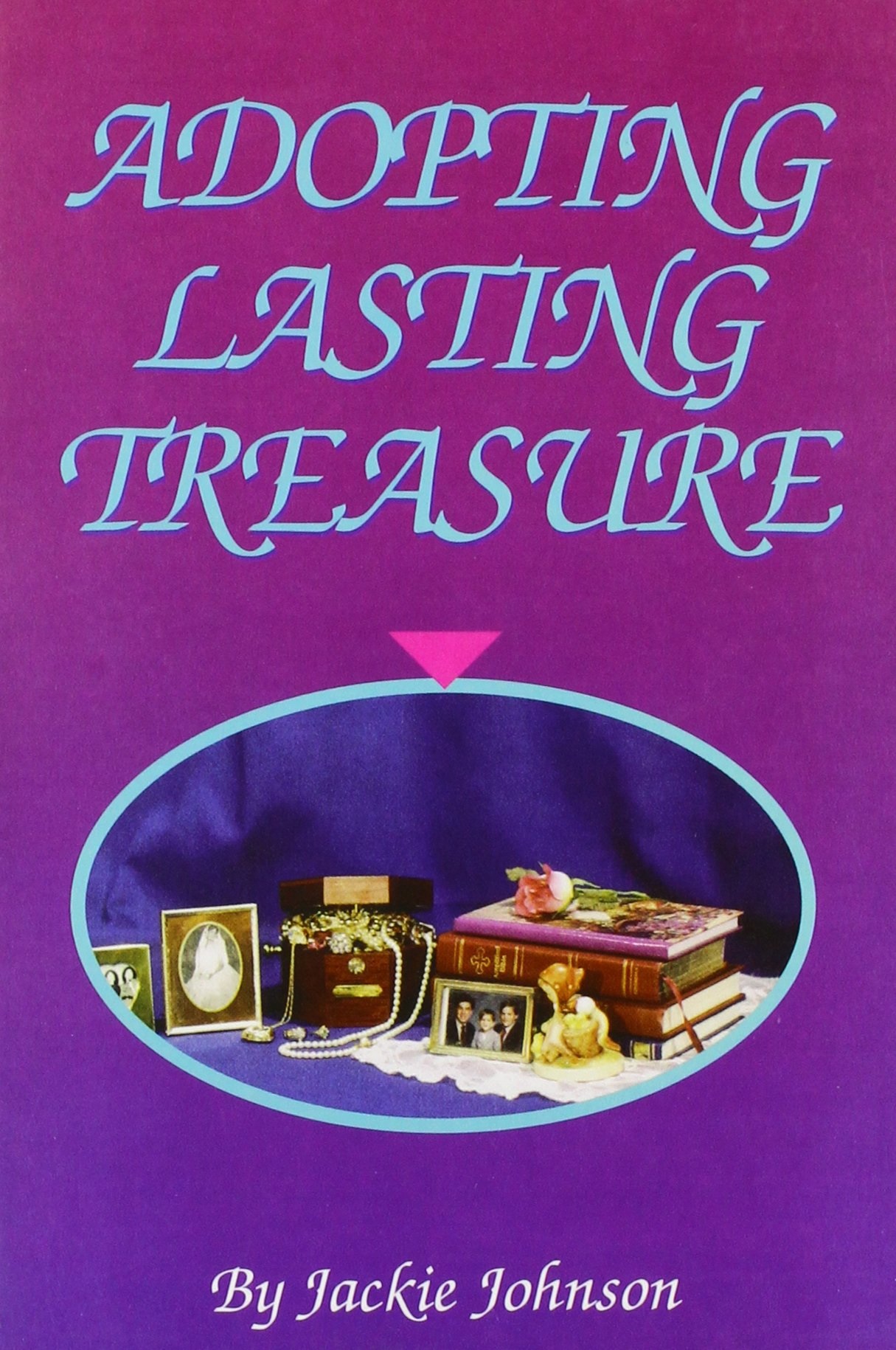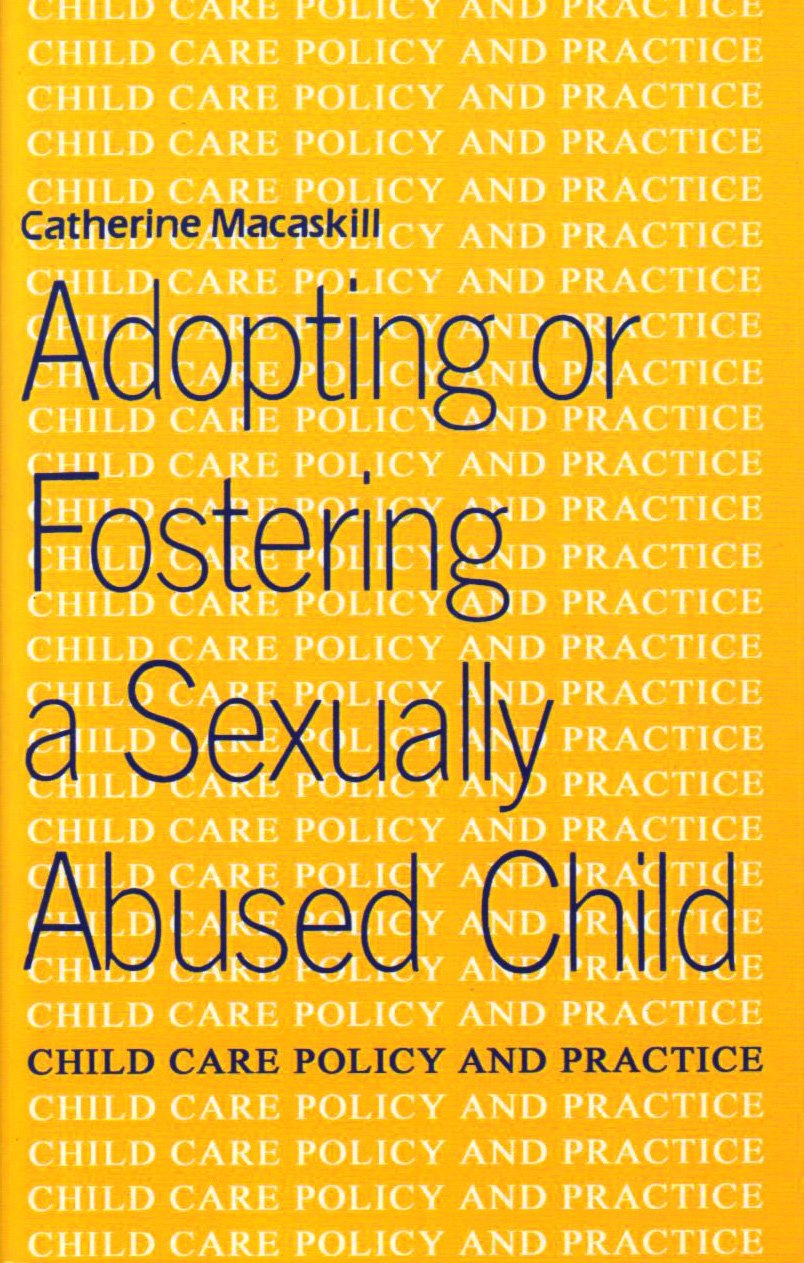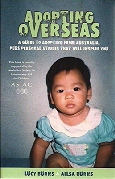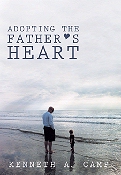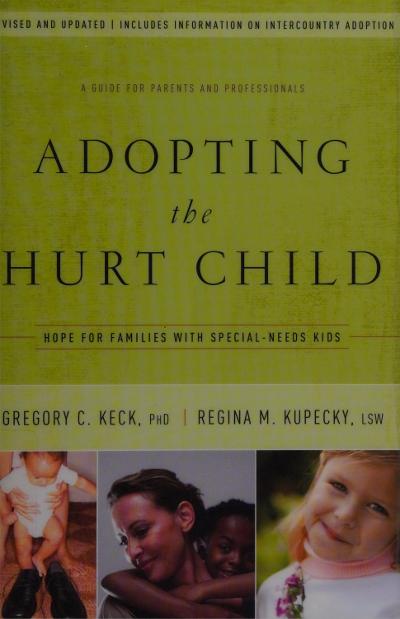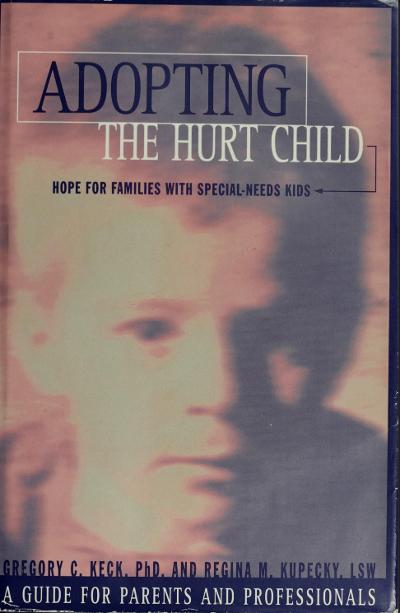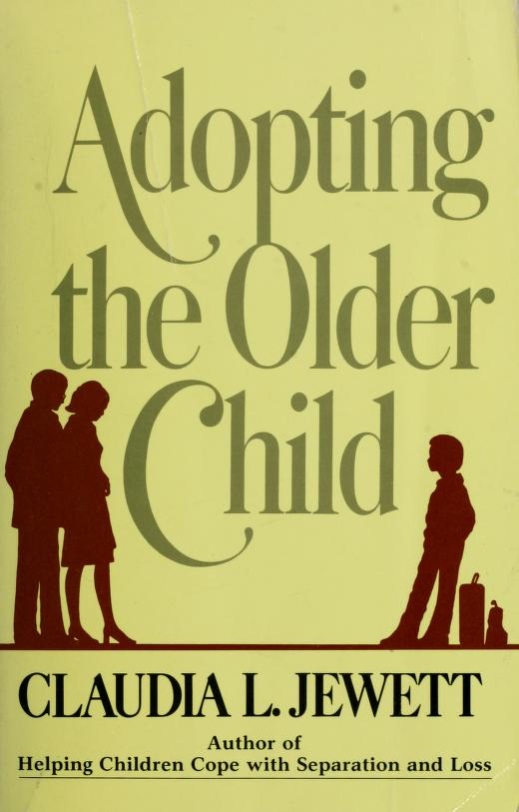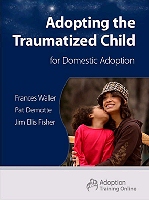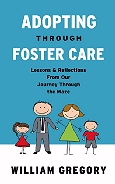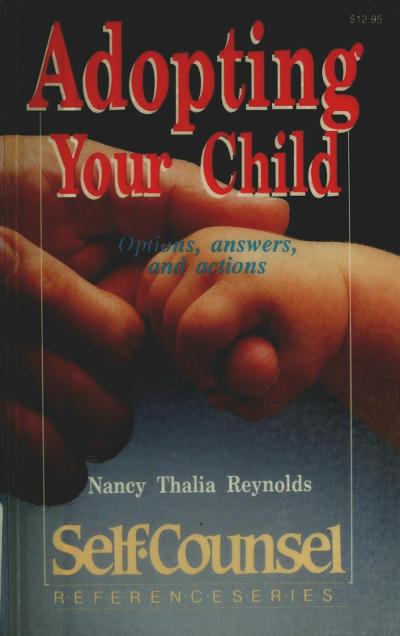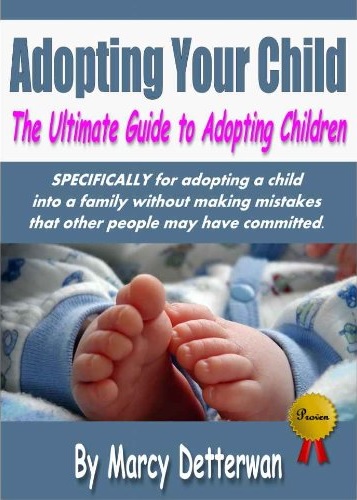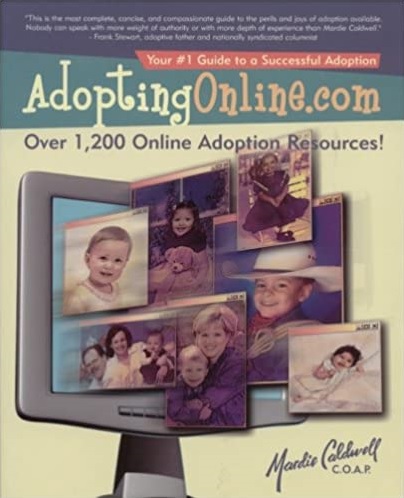From the Dust Jacket:
“Because infertility will always be a significant part of the people each of you are and become,” writes Pat Johnston, “it is important that you feel comfortable and confident about the decisions you make in planning your family in an alternative manner.”
Adopting after Infertility is not a how-to-adopt. It is instead the step before that. Here is a first—a book for couples who have faced infertility to use in learning about themselves as they learn about adoption and decide whether or not to pursue it.
Part One (The Challenge) begins by reexploring the six losses that accompany infertility, suggesting ways in which men and women can learn to communicate effectively about these and other issues, and ends with a step-by step process for making any infertility-related decision.
In Part Two (The Commitment) readers are introduced to adoption’s central issues and are encouraged to use the decision-making process to explore issues in making choices about the kind of child to parent (baby/older child, healthy/special needs, same race/transracial), and the style of adoption (agency/independent, confidential/open, domestic/international) which is right for them. The process of parent preparation is introduced and suggestions are offered for making this a positive experience.
Part Three (Adoption through a Lifetime) moves into the ongoing issues in parenting in adoption—sex education, talking with children about adoption, school issues, using positive adoption language and imagery, and more.
About the Author:
Patricia Irwin Johnston
is an infertility and adoption educator, who, over the course of the last dozen years, has been providing trainings for consumers and professionals throughout the United States and Canada.
Her personal experience in a family which dealt with two generations of infertility and was expanded through three generations by adoption led her to many years of active volunteering with the consumer groups in these fields. She has been a RESOLVE chapter founder, president and regional representative and spent three years chairing RESOLVE’s national board of directors. Pat served for three years as a member of the first national advisory committee of Adoptive Families of America and chaired AFA’s first two national conference committees. She chaired Indiana’s Adoption Forum Coalition for several years and worked on the Indiana Attorney General’s Adoption Medical Registry Task Force. The North American Council on Adoptable Children named her one of 1989’s Adoption Activists of the Year and the Adoptive Parents Committee of New York named her 1992’s Friend of Adoption.
Pat’s earlier books, also from Perspectives Press, include Perspectives on A Grafted Tree: Thoughts for Those Touched by Adoption, Understanding: A Guide to Impaired Fertility for Family and Friends, and An Adopter’s Advocate. Her newest book, Taking Charge of Infertility (spring 1994), develops and expands upon the decision making material in Part 1 of Adopting after Infertility to structure a format for practical decision making about treatment as well as alternatives for all infertile couples.
The Johnstons and their three children live in Indianapolis.
